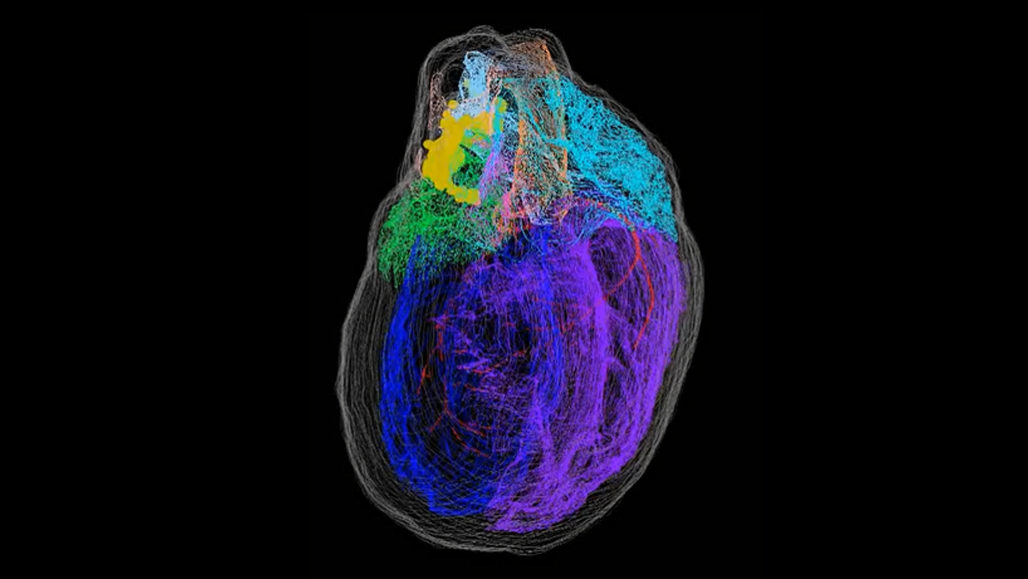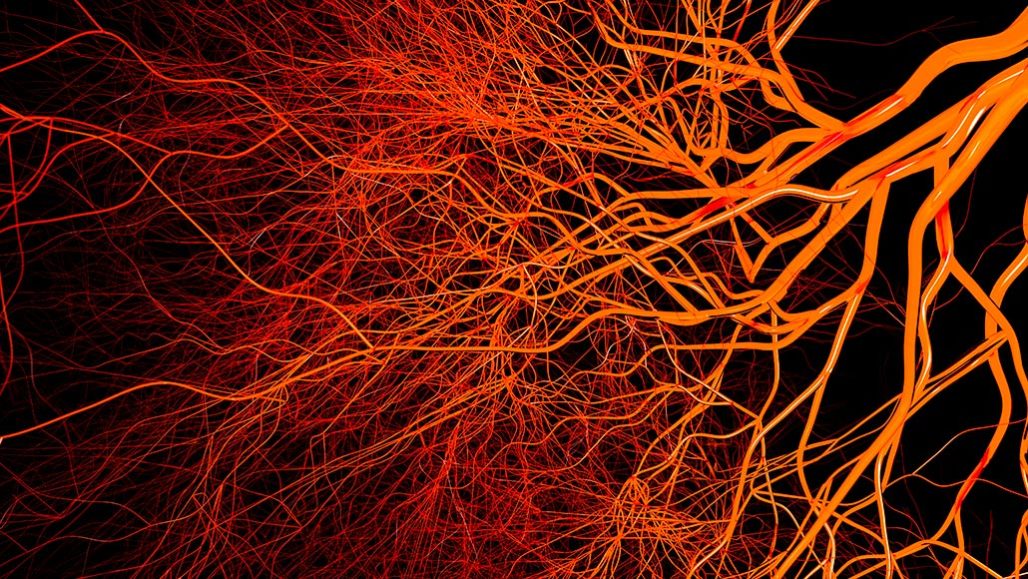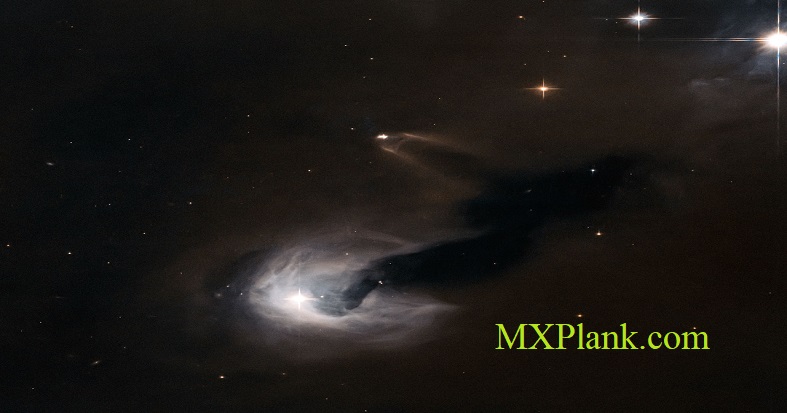
Nerve cells (yellow) that make up a heart's brain cluster around the top of this reconstructed rat heart, near where blood vessels enter and exit the organ. Other colors show the contours of distinct heart areas, such as the left atrium (green), right atrium (teal), left ventricle (blue) and right ventricle (purple).

Injecting a swarm of nanoparticles into the blood of someone who has suffered a brain injury may one day help to limit the damage - if experimental results in mice can be translated to humans. In mice, these nanoparticles seemed to reduce dangerous swelling by distracting immune cells from rushing to an injured brain.

This new NASA/ESA Hubble Space Telescope image shows a variety of intriguing cosmic phenomena.
Surrounded by bright stars, towards the upper middle of the frame we see a small

The NASA/ESA Hubble Space Telescope has snapped the best ever image of the Antennae Galaxies. Hubble has released images of these stunning galaxies twice before, once using observations from its Wide Field and Planetary Camera 2 (WFPC2) in 1997, and again in 2006 from the Advanced Camera for Surveys (ACS). Each of Hubble's images of the Antennae Galaxies has been better than the last, due to upgrades made during the famous servicing missions, the last of which took place in 2009.